Growing squash and pumpkin outdoors from planting to harvest
Zucchini and pumpkin belong to the pumpkin family. Although they have general requirements for growing conditions, planting and growing squash and pumpkin outdoors is slightly different. In order not to make mistakes and get a full harvest, when planting, you must take into account all the nuances of each plant.
General requirements for growing conditions
Zucchini and pumpkin are thermophilic plants. At temperatures from +12 to + 18 ° C, the seeds germinate for about two weeks, and at temperatures from +20 to + 25 ° C, seedlings appear quickly, after 5-7 days. Seeds are sown into the ground in the second decade of May, under the film, and they do not remove it until shoots appear. Further, the shelter is removed only during the day, if the weather permits, and again at night. Such protection is necessary until the threat of frost has passed.
It is possible to accelerate the setting of fruits and the ripening of the harvest of pumpkins and zucchini when planting seedlings in open ground. Usually, seeds are sown for seedlings in early May, 25-30 days before planting in the garden. Before planting in a permanent place, the seedlings are hardened, and for the first time after planting they are covered with agrofibre to protect against a possible night cold snap.
Important!
Zucchini and pumpkins do not tolerate root damage, so each plant must be grown in a separate glass, and transplanted very carefully.
For zucchini and pumpkin, the air temperature close to zero is destructive. It is optimal for growth if the air heats up to 22-28 ° C during the day. At a prolonged temperature of 15-18 ° C, growth slows down, and if at the same time the air humidity is increased and the soil does not dry out, then the plant begins to rot.
Pumpkins and squash love bright lights. The site should be illuminated by the sun throughout the day. The less sun shines on plantings, the slower growth occurs. In addition, it is important that the site is protected from drafts and northerly winds. It is good if you can plant melons along the fence, which will be protection from the cold wind, or near the southern wall of the house.
The pumpkin family loves to have their roots in warm ground.
Advice
In cold regions, warm beds, which are prepared in autumn, are suitable for growing. Another cultivation option is to plant the seedlings on a compost heap, which must be covered with a layer of earth and thoroughly spilled with warm water.
The soil on the bed should be loose, fertile, with neutral acidity. If the soil is acidic, it must be limed.
Is it possible to plant zucchini next to a pumpkin
Due to the fact that zucchini and pumpkins belong to the same family, they cannot be grown side by side. There are several reasons for this, and the most important is the probability of cross-pollination. At the same time, the fruits will not meet expectations either in appearance or in taste. The pumpkins may lose their sweetness and change shape, while the skins of the squash may become rough and the flesh may not taste good.
Also, you can not plant zucchini and pumpkins in one place for several years in a row. Re-planting is possible not earlier than after 4 years. The reasons are pretty simple:
- lack of nutrients in the soil that the plant used up in the previous year;
- the presence of pathogens or pest larvae in the soil. Both pumpkin and zucchini suffer from some ailments, the pathogens of which remain in the soil for a long time.
Preparing squash and pumpkin seeds for planting
Pumpkin and squash seeds are sorted by weight. Only heavy seeds are left for growing.If it is difficult to determine visually, then the seed is immersed in a strong salt solution. Those seeds that have surfaced are empty inside, they are rejected. Heavy, full-bodied seeds will settle to the bottom.
In order for the plants to form more female flowers than male flowers, the seed material must be kept warm for two months before planting. The seeds are wrapped in natural fabric and placed near the battery.
To reduce the likelihood of disease, the seeds are soaked for 30 minutes in a bright solution of potassium permanganate. After that, they are washed in warm water.
To accelerate germination, seeds can be wrapped in a damp cloth and kept in a warm place until they hatch. It is necessary to plant immediately, otherwise the overgrown sprouts may break off.
Rules for planting and growing zucchini
The garden bed for growing zucchini should be 50 cm wide for bush varieties and 70 cm for climbing ones. Rules for placing zucchini in the garden - there should be no more than three plants on one square meter.
Prepare the garden in a few days:
- dig up;
- remove weed roots;
- if the soil is acidic, then it is lime;
- moisturize abundantly.
If seeds are sown on the garden bed, then they do it in late May or early June, depending on the weather. At the indicated distance, holes are made, at the bottom of which they bring a handful of ash and a shovel of rotted manure, mix well. Water the bottom with hot water. Seeds are placed in 3-4 pieces at a depth of 4 cm and covered with soil. If cool weather is expected, to accelerate germination, the beds are covered with dense white agrofibre.
After shoots appear and 2 true leaves grow, the strongest sprout is left in the hole, and the rest are removed.
Seedlings are planted in early June, the holes are prepared in the same way as for seeds. The seedling is deepened by cotyledon leaves. Water at the root so that drops of water do not fall on the leaves. At night, the first time is covered with agrofiber. This is important not only to prevent the seedlings from getting frozen, but also to protect them from cold morning dew.
Zucchini roots are close to the soil surface. It is necessary to loosen the plantings shallowly so as not to damage the root system. Watering should be accurate, with a weak stream of water. From a strong pressure, the soil (especially light, sandy) is washed off, and the roots are bare. These problems can be avoided if the soil around the bush is mulched with mowed grass, hay or sawdust.
Zucchini is harvested when their length reaches 20 cm. If necessary, you can cut off small fruits. Timely cutting of fruits provokes the setting of new ones, so it is not recommended to leave ripe zucchini on the bush for a long time. In addition, the overgrown zucchini coarsens and becomes tasteless.
Rules for planting and growing pumpkin
The area for growing pumpkins should be very warm, light and airy. The entire area is cleared of weeds. A few days before planting, they dig up, add rotted manure or compost and level them. The wells are prepared at a great distance from each other. There should be 2-3 meters between plants of climbing varieties, between bush varieties - at least one and a half.
Several seeds are placed in each hole to a depth of about 5 cm, after the emergence of shoots, the most developed one is selected, the rest are removed. If seedlings have already appeared, and the weather forecast warns of an impending cold snap, arcs should be installed above each hole and the covering material should be pulled.
Planting time for seedlings is early June. Planted when its age is 25-30 days. Pre-hardening is carried out. Planting is carried out on a cloudy day or in the evening, when the sun's rays cease to bake. The planted seedlings, as well as seedlings in the garden, are important to cover from possible frost and cold dew. Plants can be left without shelter from mid-June.
Unlike squash, pumpkin bushes need to be shaped.One or two lashes are left, but the total number of fruits that should be on the plant is 3 or 4, depending on the variety. All stepsons are promptly removed. After the last pumpkin, 4 leaves are left on the lash and the lash is cut off, sprinkled with earth in several places. In this place, additional roots are formed, which will supply the plant with more nutrition.
The rule of watering pumpkin is rare, but abundant. Each adult bush will need 2-3 buckets of water.
Watering is carried out according to a special scheme:
- the first month after sprouting, watered abundantly 3 times;
- then take a break for 3 weeks;
- after the flowers form on the plant, watered once every 7 days;
- in August, when the fruits finish growing and begin to ripen, watering should be rare;
- do not water three weeks before harvest.
conclusions
Planting pumpkins and zucchini should be carried out in different places on the site. It is better if some structure separates them.
Particular attention should be paid to these plants at the beginning of summer, when the temperature drops to zero can destroy all plantings. The shelter is labor-intensive, but it justifies itself by the fact that the plant does not experience stress from temperature changes, the ovaries are formed on time and the fruits have time to ripen before the end of the season. In addition, more female flowers are formed under the shelter, in the warmth, which is a guarantee of a high yield.
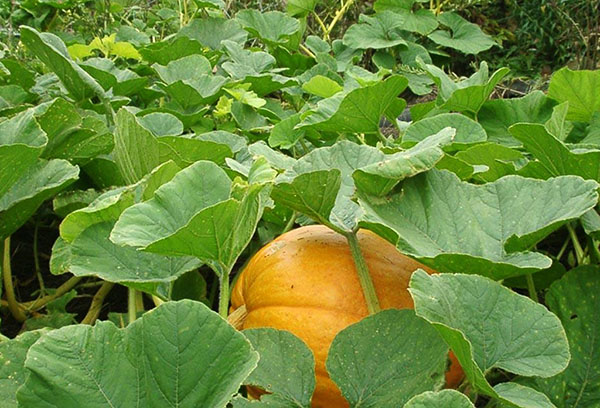
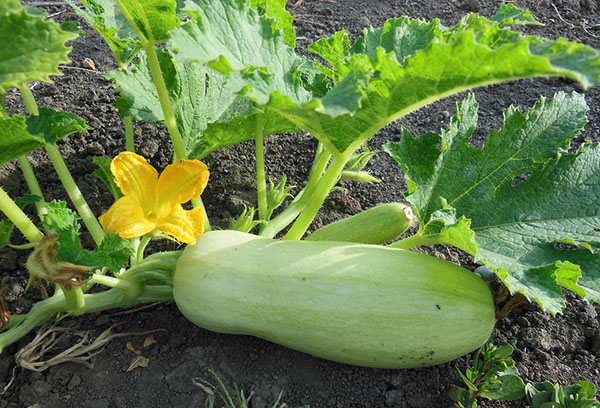
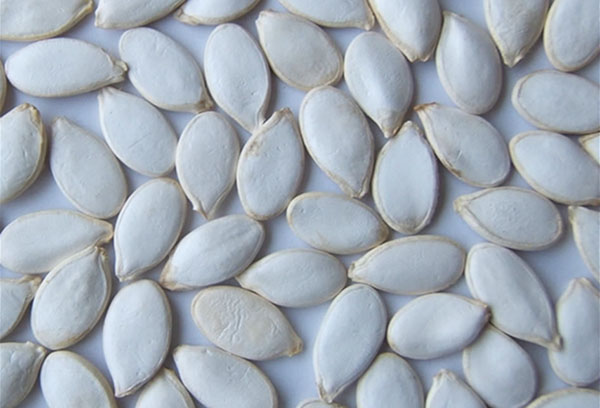
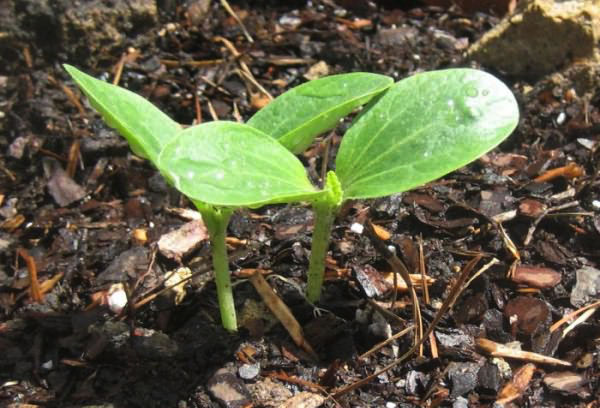
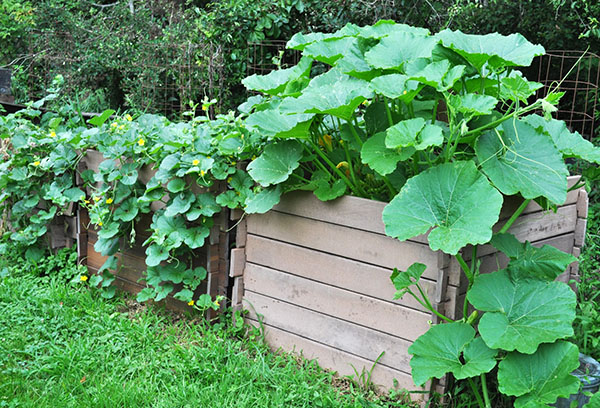
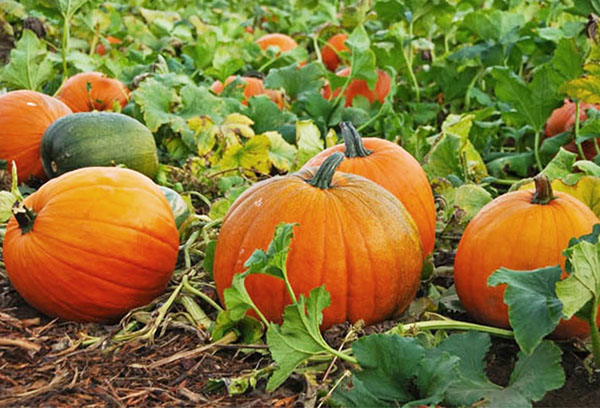


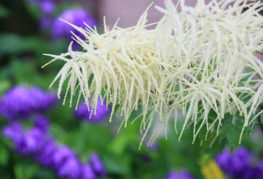
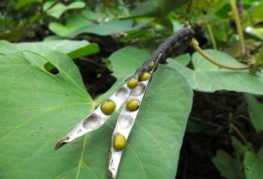
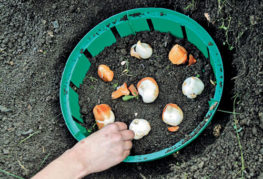

and will be published shortly.